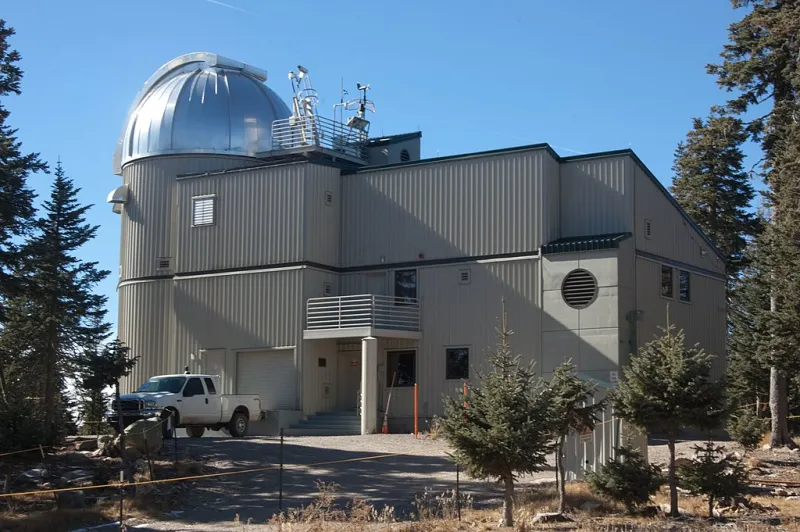
Denver, Colo., Nov 21, 2017 / 05:20 pm (CNA).- Sexual misconduct allegations against Republican candidate Roy Moore have brought Alabama’s special election to fill a U.S. Senate seat into the national spotlight.
U.S. Senator Al Franken (D-Minn.) has also been recently accused of kissing and groping women against their will. During the 2016 presidential campaign, more than a dozen women raised allegations of sexual assault or harassment against Republican candidate Donald Trump.
These accusations have raised public debate about whether a candidate’s personal character should matter in elections, and if so, to what extent.
“Obviously, all of us are sinners. But some sins are especially relevant when deciding whether to give one’s vote to a candidate,” said Dr. Kevin Miller, professor of moral theology at Franciscan University of Steubenville.
“The key purpose of politics is justice – as thinkers from Aristotle to Pope Benedict XVI have taught,” Miller told CNA.
“Thus it should especially be taken into account when a candidate has – based on good evidence – acted unjustly, and even more especially when the candidate’s unjust actions have been habitual and/or when the candidate does not give serious indication of repentance against these actions.”
Moore is the Republican nominee in Alabama’s special election to fill a U.S. Senate seat, left vacant when former U.S. Senator Jeff Sessions was appointed U.S. attorney general earlier this year.
A former Chief Justice of the Alabama Supreme Court, Moore was removed from the court twice – once for refusing to obey a federal court order to remove a statue of the Ten Commandments from the Alabama judicial building, and later for instructing that same-sex marriage licenses should not be issued after the U.S. Supreme Court ruled in favor of same-sex marriage in 2015.
In recent weeks, nine women have brought allegations of misconduct against Moore, including an accusation of forced sexual contact with a 14-year-old in 1979.
A number of high-profile Republican leaders – including Senate Majority Leader Mitch McConnell (R-Ken.) – have withdrawn their support from Moore, while others, including Alabama Governor Kay Ivey, continue to support the candidate. One Alabama pastor told the Boston Globe that he would continue to support Moore even if the allegations against him were true.
Franken, who has publicly criticized other public figures accused of sexual misconduct, has apologized for some accusations leveled against him, while maintaining that other allegations are the result of misunderstanding, or have been mischaracterized. While some public figures have defended him, including former colleagues in the entertainment industry, others have called for investigations, or for his resignation.
When a candidate is facing serious allegations of misconduct, how should Catholics respond?
While Church teaching does not dictate which party or candidate a Catholic should choose, it does offer guidelines for Catholics in the voting booth.
In the 2007 document “Forming Consciences for Faithful Citizenship,” the U.S. Conference of Catholic Bishops outline an approach to political responsibility based upon developing a “well-formed conscience.”
In addition to considering moral issues of grave importance, the document says that voting decisions “should take into account a candidate’s commitments, character, integrity, and ability to influence a given issue.”
The importance of character and integrity should not be taken lightly, Dr. Miller told CNA.
When there is good evidence that a candidate has habitually or unrepentantly engaged in serious injustice, whether in sexuality or in another area, Miller said, “there is a serious presumption that the candidate ought not be entrusted with decisions about the common good, which consists especially of justice.”
“One doesn’t need ‘proof’ that allegations against a candidate are true before one may reasonably decide that such allegations warrant a decision not to vote for the candidate,” Miller continued.
Even when definitive proof is lacking, there may be substantial evidence supporting an allegation, he said. “It is a voter’s right and responsibility to make an honest and serious attempt to consider whether such evidence exists. As others have pointed out, a candidate doesn’t have a right to one’s vote.”
The election of a candidate who has habitually committed serious injustices is likely to cause scandal and a negative influence on culture, Miller said, adding that negative cultural consequences could outweigh the good the candidate might do in office..
Additionally, a candidate who defends serious injustices in his own life may make poor decisions about justice in society, Miller said.
Miller also cautioned that there can be a tendency to be defensive about the candidate that one supports, and to minimize flaws in personal conduct and in policy decisions.
“This is a way in which voting for a ‘bad’ candidate can be bad, not only for justice and the common good, but for the voter’s own soul,” he said.
“Thus, there is a serious risk that voting for a ‘bad’ candidate can be the equivalent of trying to gain the world at the expense of one’s soul,” he continued, noting that voters must be concerned with personal salvation and the “soul” of political culture.
Miller clarified that deciding not to vote for a candidate in one party does not morally translate to a vote for the candidate of another party.
“There are other alternatives, like voting write-in or third-party – or not voting at all in a particular race,” he said.
Character is not the only factor to be considered in weighing candidates, Miller acknowledged. “There are obviously some policy issues that are extraordinarily serious,” he said, pointing to abortion as an example.
“I think you have to take seriously the gravity of some of the political issues we’re faced with today,” he said. “You also have to take seriously violations of human dignity and justice,” such as some of the allegations being raised against prominent politicians and other leaders.
In the case of a candidate for whom there is evidence of engagement in particularly grave evils and no sign of repentance, Miller said Catholics should at least consider voting third party or abstaining.
In the end, there is no easy formula or flow chart that is guaranteed to give the uniquely correct answer to every question that arises at the ballot box, he said. Catholics should take all factors into account and think about what will serve justice and the common good, not just in the short term, but in the long term.
A part of that discernment, Miller said, is that Catholics consider a candidate’s character and integrity.
“The point is that voters need at least to consider these concerns – in a morally [and] intellectually serious and honest way – rather than simply ignoring [or] dismissing them,” he said.
 […]
[…]






Leave a Reply